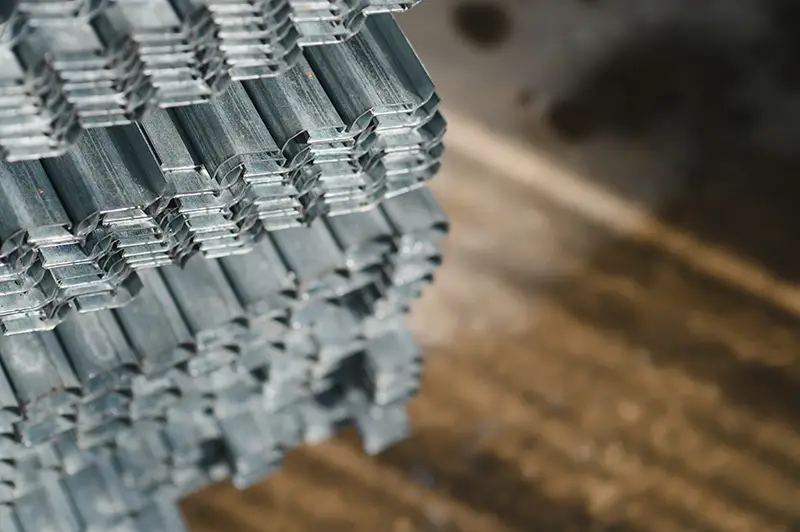Click here to get this post in PDF
Aluminum extrusion has become a popular method of forming diverse products made of aluminum that are needed in different sizes and shapes. This technique forces heated aluminum through a shaped die to produce a desired profile. Aluminum is loaded into the extruder before starting this extrusion process. There are two loading methods, namely front and back loading. Through this article, we will research more on these techniques to know their purpose and use.
Front Loading
Front loading entails placing aluminum billets at the front part of the extruder. The hydraulic ram forces solid aluminum chunks called billets into the chamber. Gradually heating softens the metal, making it flow through the die and assume the required shape.
While suited for smaller to medium-sized machines, this method ensures controlled and uniform metal flow, resulting in accurate dimensions and smooth surfaces.
Back Loading
Back-loading is where aluminum billets are loaded from behind the extruder. A hydraulic ram pushes billets through the barrel and into the chamber. After being softened by heating, aluminum flows through dies to form shapes.
Predisposed by its large size for high-volume applications, this method, unlike others, minimizes lifting loads of heavy billets manually. It also allows continuous extrusion, hence is ideal for high volumes such as those used in industries.
Front Loading and Back Loading in Aluminum Extrusion: Key Considerations
Extruder Size
Front loading: This is the best method for small to medium-sized extruders since it makes optimal use of space and mechanical design; hence, they are sized right for the task, and as such, they operate efficiently and economically.
Backloading: This technique is suitable for larger extruders since it meets the scaling requirements of extensive production. It aligns with the robustness required for heavy-duty work where large extruders can take up massive loads.
Billet Size and Weight
Front loading: This is perfect for smaller billets, as it matches the manageable capacities found in small- to medium-sized machines. By doing this, there will not be overloading on the hydraulic system, thus ensuring smooth running, which reduces the chances of mechanical problems.
Backloading: this method is best suited for large, heavy billets so that manual handling becomes unnecessary, improving safety and efficiency in operation. This is especially the case of working with extremely heavy billets that, due to their weight, cannot be loaded manually.
Speed of Extrusion
Front Loading: On the other hand, front loading can bring about some stops during extrusion as refilling of the extruder takes place. This method will function well where continuous speed is not very important.
Back Loading: On the other hand, back loading allows continual running of the extruder, increasing production speed and making it effectively suitable for mass production. As such, new billets are added to an ongoing extrusion process without necessarily causing downtime other than achieving the highest possible efficiency.
Precision Requirements
Front Loading: The front-loading option offers better control of the extrusion process and is ideal for exact applications with advanced designs. With this method, one can manage how aluminum flow is introduced to guarantee products have the correct dimensions and a smooth surface.
However, with back loading comes the downside of a conflict between precision and speed. Briefly, this method is most suited for any kind of application with required precision but are simpler in nature as compared to applications requiring fine detailing.
So, that will be it on front and back loading. If an extruder matching these methods’ precision, speed, and efficiency is what you need, then it will be worth checking out with us.
You may also like: How The Annealing Process Improves Steel For Many Industrial Uses
We earn a small commission if you shop through the link below
Image source: elements.envato.com

